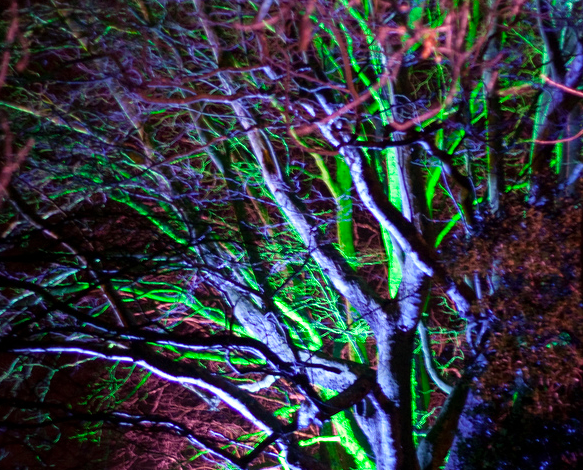We’re not so different than the ancients. Here’s why:
See the image below? It is a “high place”.
For the ancients it is, unquestionably, the best place to reach a (pagan) god.
A god of human making.
Not good.
2 Kings17: 7
All this took place because the Israelites had sinned against the Lord their God, who had brought them up out of Egypt from under the power of Pharaoh king of Egypt. They worshiped other gods 8and followed the practices of the nations the Lord had driven out before them, as well as the practices that the kings of Israel had introduced.9The Israelites secretly did things against the Lord their God that were not right. From watchtower to fortified city they built themselves high places in all their towns. 10They set up sacred stones and Asherah poles on every high hill and under every spreading tree. 11At every high place they burned incense, as the nations whom the Lord had driven out before them had done. They did wicked things that aroused the Lord’s anger. 12They worshiped idols, though the Lord had said, “You shall not do this.”b

Why a high place?
They built on the highest parts of mountains to tap into unseen power.
They erected “antenna” to communicate with the gods of their own making.
They knew that the high ground was a prime location in their pursuit of more of everything they desired.
They sacrificed their time, energy, blood, sweat, effort, animals and sometimes their children to get the upper hand the mountain high places could provide.
So do we. Yes?

On our high places we build towers to better our lives that would look like religious shrines to anyone one who stumbled on them millennia later.
And aren’t they, really?

Tech is certainly our Baal.
Instant access and fast communication are two of gods we love.
We love access to the internet, high speed wifi, speedy download times, cable or digital tv, reliable mobile phone service.
And we need our high places for all that.
It seems we don’t have moral superiority on this.
The ancients aren’t more foolish or more gullible than us…not as we may suppose they are.
Couldn’t the ancients accuse us of the same sorts of categorical trappings and devotions?
It is humbling.
Verse for reflection:
John 4:23 “But an hour is coming, and now is, when the true worshipers will worship the Father in spirit and truth; for such people the Father seeks to be His worshipers. 24“God is spirit, and those who worship Him must worship in spirit and truth.” -Jesus

 In recent years there has been renewed interested in the unique flavor of Christianity from the
In recent years there has been renewed interested in the unique flavor of Christianity from the 




